- +1 416-553-8499
- Live chat
-
Varaha Narasimha Temple
- Home
- /
- Temples
- /
- Andhra Pradesh
- /
- Varaha Narasimha Temple
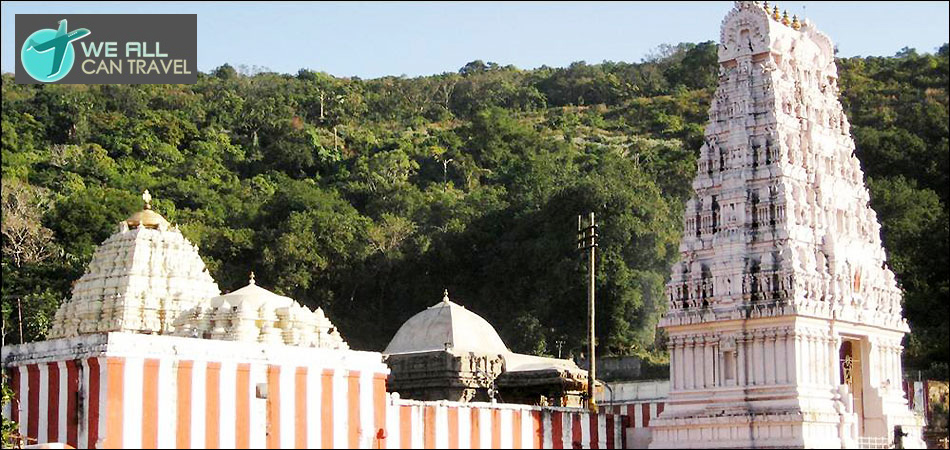
The temple of Lord Narasimhadeva known as Simhachalam is the most attractive and interesting temple in the vicinity of Visakhapatnam. Narasimhadeva temple is a very affluent and well-kept temple and is a showcase example of the area's architecture In Sanskrit Lord Narasimhadeva is known as Simhadri Natha, and in Telegu as Simhadri Appanna (the Lion Lord of the Hill).
The idol of Lord Narsimhadeva is about 2 feet high. The Lord presents himself in an two-armed, threefold-bending human form with the head of a boar and tail of a lion, Simhachalam is one of the 108 Divya Desam temples and also one of the major Vishnu temples in India.
The pujaris daily apply layer upon layer of candana (sandalwood paste) on the Lord's body to cool his great anger. According to Srila Prabhupada the sandalwood was to keep the Deity 'coolheaded.' The sandalwood is removed only once a year during the Vaishaka period (April/May), bringing thousands of pilgrims on that day to see the Lord's form. The Deity faces west, while the temple building faces east. The original Deity is situated within the depths of the temple, but another Deity known as Vijaya-murti stands on the altar. There are two forms of the Lord: Nitya-rupa, the form that you see covered with sandalwood, and his actual form. When you come close for darsana, what you actually see is the Lord covered by a mound of dried sandalwood paste. Inscribed on a stone tablet is mentioned that a queen formerly donated enough gold plating to cover the entire body of the Lord.
The original Deity is situated in the inner sanctum of the temple, .The smaller Deity (Vijaya-murti) can be moved from the temple and can be taken on public processions. Priests, who generally belong to the Ramanuja-sampradaya (Sri-sampradaya), are in charge of the Deity worship, and this sampradaya is well known for its opulence and cleanliness.
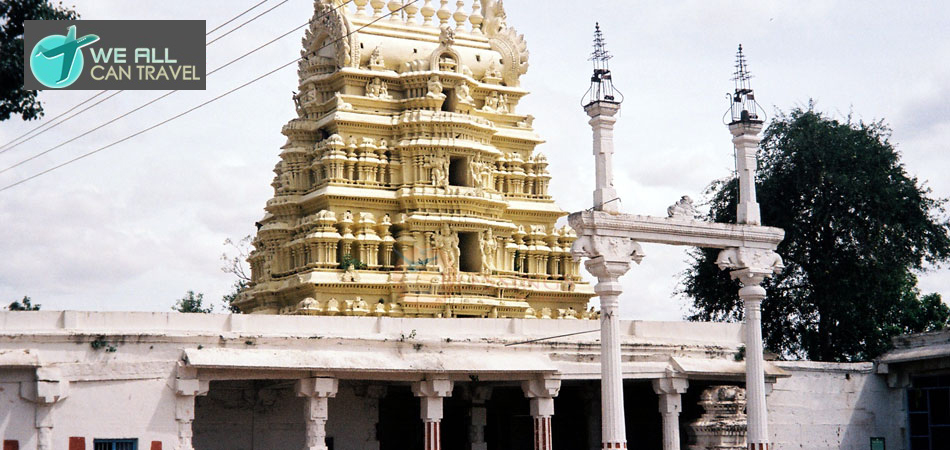 >> Agasteeshwara Temple
>> Agasteeshwara Temple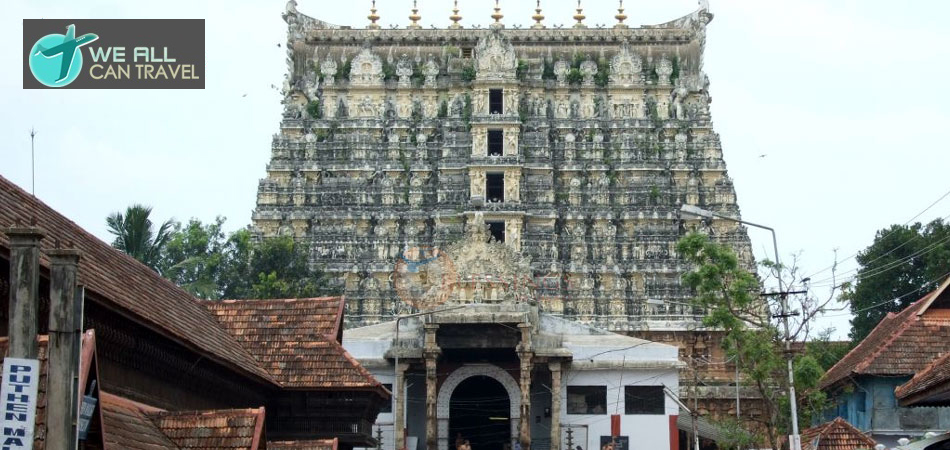 >> Anantha Padmanabhaswami Temple
>> Anantha Padmanabhaswami Temple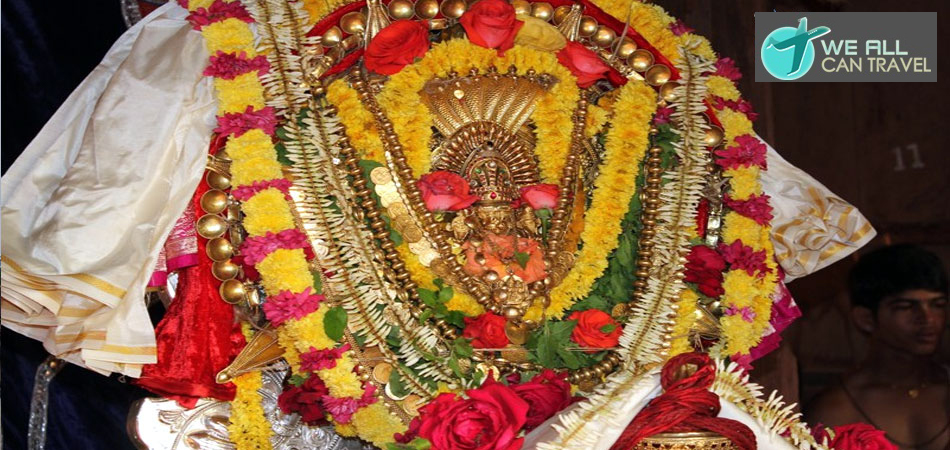 >> Ananthasana Temple
>> Ananthasana Temple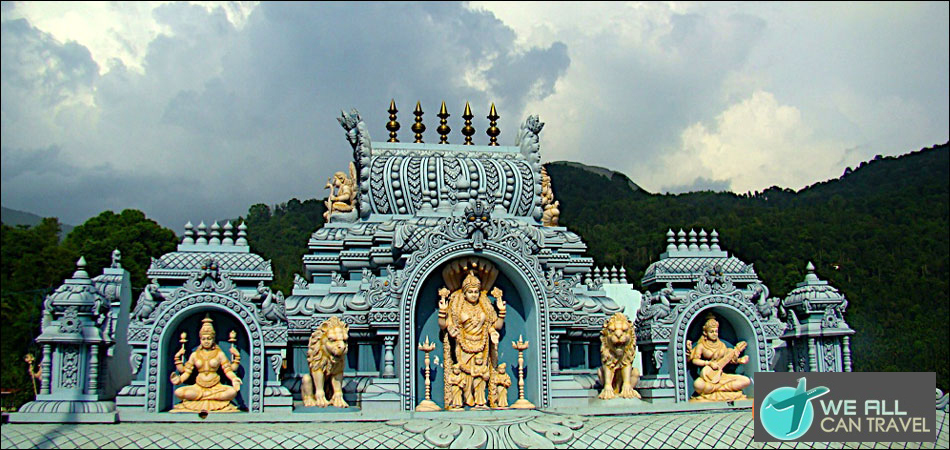 >> Annapoorneshwari Temple
>> Annapoorneshwari Temple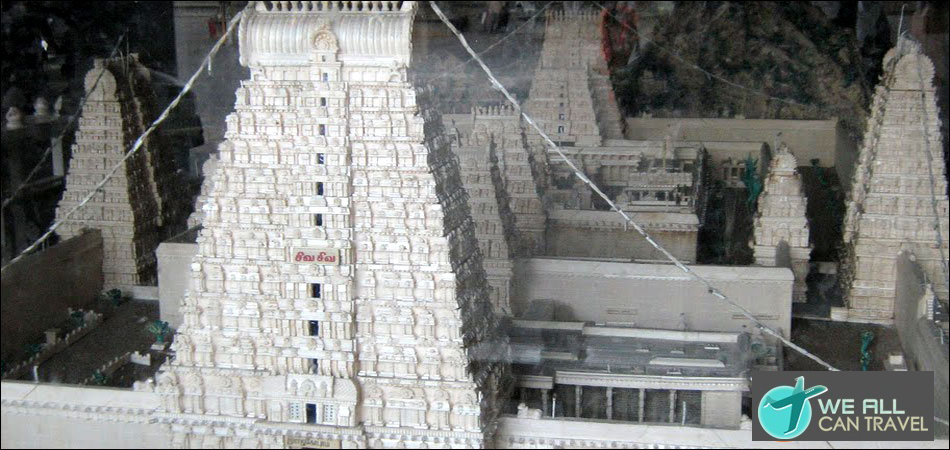 >> Arunachaleshwar Temple
>> Arunachaleshwar Temple